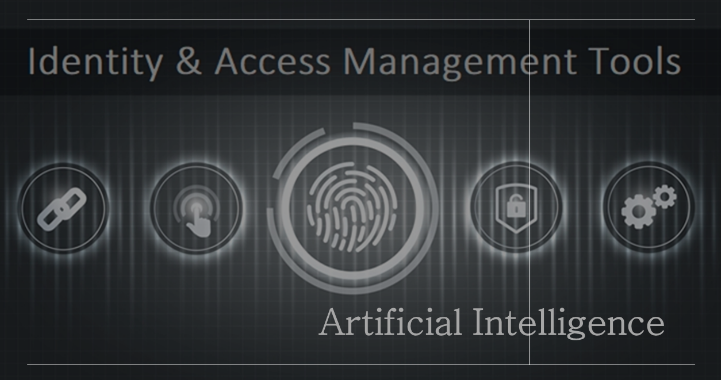AI-Driven Revolution: The New Era of Identity and Access Management
Identity in the era of AI
AI DRIVENIDENTITY
12/9/20242 min read


How AI is Enhancing IAM
Artificial intelligence (AI) and machine learning (ML) are reshaping the landscape of Identity and Access Management (IAM), making it more robust, efficient, and user-friendly. Let's delve into how AI is enhancing various aspects of IAM:
Enhanced Security
AI detecting anomalies in user behavior
Real-time Threat Detection: AI algorithms can detect unusual behavior patterns, identifying potential threats in real-time.
Automated Threat Response: AI can automate threat responses, reducing the risk of security breaches.
Proactive Monitoring: AI monitors access patterns and identifies anomalies that could indicate a security breach, encompassing both human and machine identities.
Streamlined Access Control
AI Driven dynamic access policies
Dynamic Access Policies: AI enables adaptive authentication and authorization processes, granting access only when necessary.
Least Privilege Enforcement: AI analyzes identity interaction patterns to enforce the principle of least privilege, limiting permissions based on individual needs.
Risk-Based Authentication: AI assesses the context of machine-to-machine interactions to adapt security frameworks in real time.
Automation of Processes
AI automating IAM processes
Automated Onboarding: AI can automate the onboarding process by dynamically assigning roles based on job functions.
Reduced Manual Workload: AI automates time-consuming tasks like access certification and credential management, reducing administrative burdens.
Compliance Adherence: AI-driven IAM systems ensure compliance with regulatory standards like GDPR.
Improved Accuracy and Efficiency
AI reducing human error in IAM
Reduced Human Error: AI minimizes human errors in identity verification and access control, ensuring accuracy.
Scalability: AI-powered IAM systems can efficiently handle an increasing number of identities and access requests.
Focus on Strategic Initiatives: Automation frees up IT teams to focus on strategic initiatives.
Enhanced User Experience
AI improving user experience in IAM
Adaptive Authentication: AI adjusts security requirements based on risk, providing a seamless user experience.
Automated Onboarding: AI-driven systems can streamline the onboarding process.
Just-in-Time Access: AI enables just-in-time (JIT) access, reducing the risk of security breaches.
The Future of IAM with AI
The future of IAM holds exciting possibilities with AI, including:
AI Access Assist: AI-powered chatbots can provide users with comprehensive information about access levels, risks, and requirements.
Model Access Recommendations: AI can categorize and tag individual accesses, helping enforce the principle of least privilege.
UEBA-Based Access Control: Advanced AI models can be integrated into MFA and access control solutions to prevent unauthorized access.
Guided Random Password-less Authentication: AI can enable users to enroll in multiple passwordless authentication factors and challenge them randomly.
Addressing Existing IAM Challenges
Traditional IAM solutions face challenges such as infrequent reviews, lengthy onboarding processes, manual approvals, and limited visibility.
AI can address these challenges by:
Intelligent Reporting: Providing actionable insights and personalized dashboards.
Gamified Security Training: Engaging end-users in security awareness training.
AI's Impact Across Industries
AI-enhanced IAM offers significant benefits across industries, particularly in the banking sector. It can streamline customer access, improve fraud detection, ensure compliance, and enhance customer trust.
Key Takeaways
AI is revolutionizing IAM, making systems more secure, efficient, and user-friendly. By embracing AI, organizations can stay ahead of evolving threats, safeguard sensitive data, and create a more secure digital environment.

